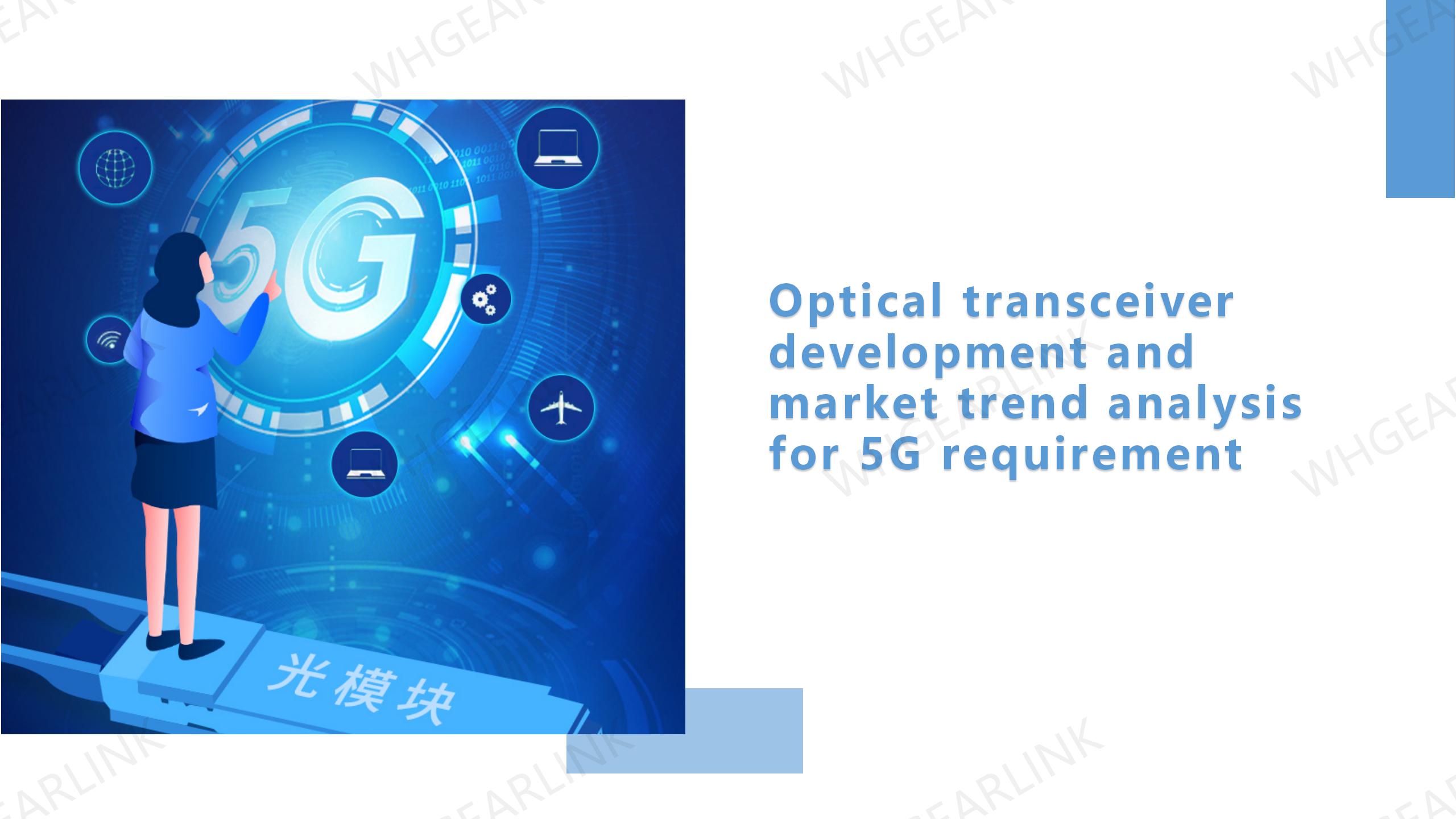
5G network is an important part of the Internet. It has the characteristics of high speed, low delay, and high reliability, and requires a large number of optical transceivers to support it. At the same time, the coverage of 5G networks is wider, requiring optical transceivers to have higher transmission distances and stronger anti-interference capabilities. This article will analyze the technical development trend and market prospect of optical transceivers based on the development needs of 5G.
The arrival of 5G has brought new opportunities and challenges to the optical transceiver market. This article will analyze the technical development trend and market prospect of optical transceivers based on the development needs of 5G.
5G network is an important part of the Internet. It has the characteristics of high speed, low delay, and high reliability, and requires a large number of optical transceivers to support it. 5G networks need to support a large number of mobile device access, so higher frequency bands and higher bandwidth are required, which requires optical transceivers to have higher rates and lower power consumption. At the same time, the coverage of 5G networks is wider, requiring optical transceivers to have higher transmission distances and stronger anti-interference capabilities.
High speed
With the development of 5G networks, optical transceivers need to support higher speeds. At present, 400G, 800G and even 1.6T optical transceivers have appeared. In the future, the rate of optical transceivers will continue to increase and may reach 10T or higher.
Low power consumption
The 5G network needs to support the access of a large number of mobile devices, so the optical transceiver needs to have lower power consumption to prolong the battery life of the device. The power consumption of optical transceivers will be further reduced in the future.
High transmission distance
The coverage of the 5G network is wider, requiring optical transceivers to have a higher transmission distance. In the future, the transmission distance of optical transceivers may reach hundreds of kilometers or even farther.
Strong anti-interference ability
The 5G network has a higher frequency band and is susceptible to interference from factors such as weather and buildings. Therefore, optical transceivers need to have stronger anti-interference capabilities. The anti-interference ability of optical transceivers will be further improved in the future.
With the popularization of 5G network, the optical transceiver market will usher in new opportunities and challenges. According to the forecast of market research institutions, the market share of optical transceivers is expected to reach 17.6 billion US dollars in 2026. Among them, high-speed optical transceivers will be the main growth point of the market.
For optical transceiver manufacturers, it is necessary to seize the opportunity of 5G, strengthen technology research and development, and launch more competitive products. At the same time, it is necessary to strengthen cooperation with operators and equipment manufacturers to jointly promote the development of 5G networks.

